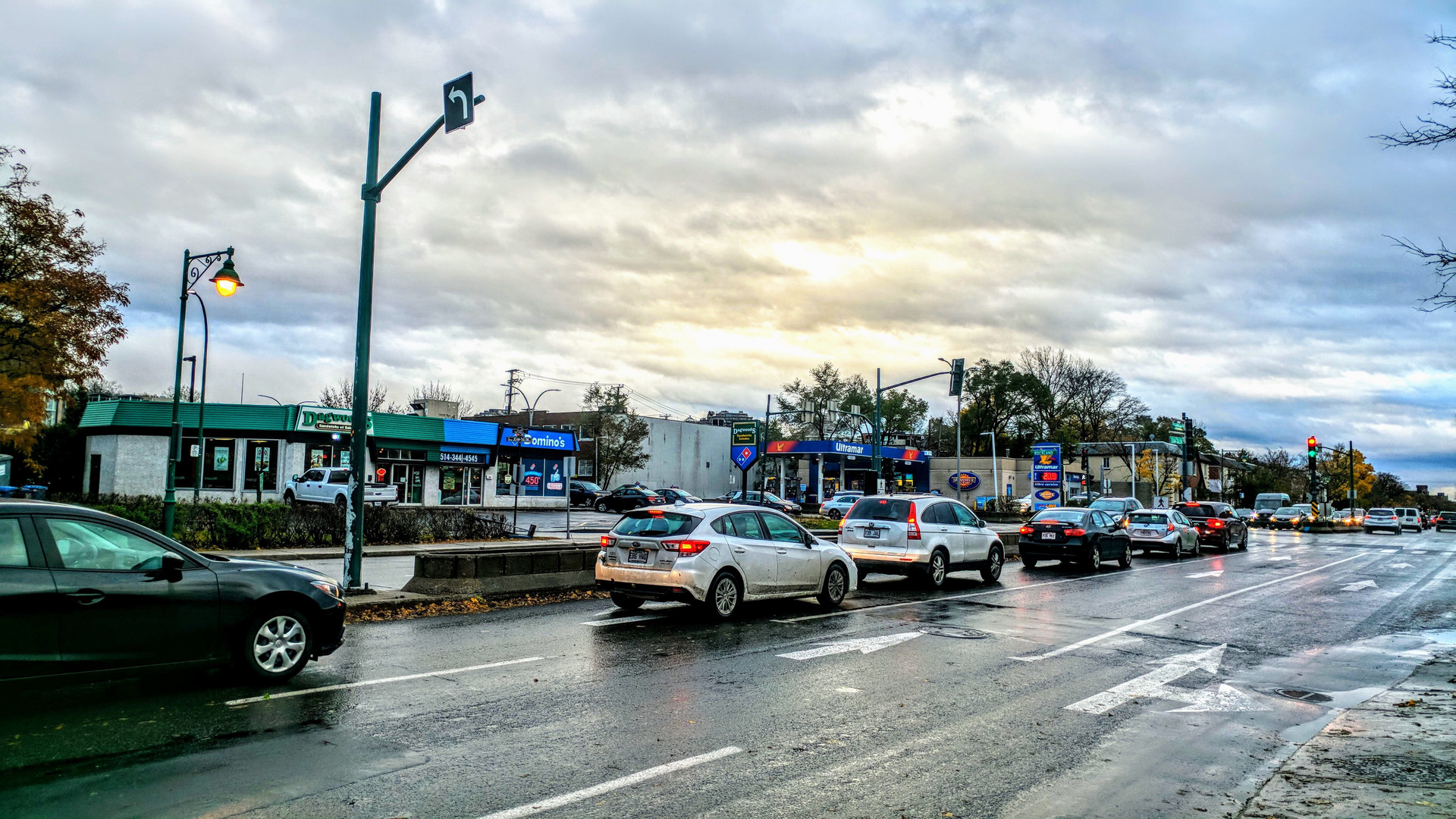Expansion, closures, and M&A: turning retail volatility into measurable advantage with traffic analytics

Try TrafficZoom’s AADT metrics today with a free trial
Get instant access nowExpansion, closures, and M&A: turning retail volatility into measurable advantage with traffic analytics
Retail news this quarter points in two directions at once. Some operators are pruning footprints or exiting geographies, while others are still opening, rebranding, or buying. Analysts also note that food‑related formats remain comparatively resilient, even as single‑tenant demand cools elsewhere. The common thread is not the headlines themselves but the need for disciplined portfolio decisions that withstand capital market scrutiny. That is where quantitative traffic analytics change the conversation from narrative to numbers.
What boards need in an expansion or closure cycle
In periods of consolidation or growth, the hardest question is deceptively simple: which sites should we exit, defend, acquire, or double down on. Answering with confidence requires a view of demand that is anchored in observed traffic behavior at the exact address, not proxies or stale counts.
C-Site provides year‑round, address‑level traffic observations that separate local traffic from transit, quantify when drivers are most willing to stop, and measure how seasonality and day‑of‑week patterns shape demand. This matters because high AADT alone does not guarantee high customer counts. Ticon's methodology analyzes speed distribution in the traffic flow to infer shopping propensity. When most vehicles travel at uniform high speeds, behavior is predominantly transit, which suppresses stop‑in probability even if AADT is large. When speeds are lower and variable, maneuverability rises and so does the likelihood of a stop. These driver‑behavior indicators are part of every C-Site report and are presented alongside directional AADT, intraday volumes, and congestion analysis (C‑Site Product Manual, 2022; Ticon, High AADT but Low Sales?, 2025).
From correlation to calibrated projections
A robust relationship exists between visits and traffic, but it is not one‑size‑fits‑all. In a peer‑reviewed study of US convenience retail, Brodski, Kozakevich, and coauthors found a hyperbolic dependence between visitor rate and traffic with a coefficient of determination of 67%, and confirmed the role of population and median income in shaping visitation (Exploring the Visitor Rate in the US Convenience Store & Gas Station Industry, 2023). The same research showed the influence of demographics extends beyond customary 3 to 5 mile rings to as far as 20 miles in some contexts. For executives, the implication is clear: translate traffic and behavior into expected visits using empirically calibrated relationships, then layer in the right catchment demographics.
C-Site operationalizes this translation. C‑Site Advanced resolves traffic into 15‑minute bins, by direction, across primary roads, feeders, adjacent highways, and off‑ramps, and pairs it with speed distributions to estimate the share of drivers with shopping behavior. C‑Site Comprehensive and Essential provide hourly variants for faster screening. Where needed, a Feasibility Study extends the analysis to trade area supply, competitive landscape, and a five‑year sales projection. In a Pennsylvania example, the analytics were paired with an accessibility radius of 40,310 residents to contextualize store potential, but the governing principle is always local: measure the traffic you can actually capture and when you can capture it.
Pre‑merger and acquisition due diligence
Acquirers face two intertwined risks: overpaying for sites whose demand is inflated by transit flows that do not convert, and underestimating assets that sit in lower‑AADT but high‑capture corridors. A quantitative pre‑LOI screen should address four questions:
- • What is the baseline demand potential for each site if we hold operations constant. C-Site's directional AADT, 15‑minute intraday curves, and speed‑behavior metrics produce a visit potential that can be compared across assets on a like‑for‑like basis. Because the underlying research links visits to traffic with R² of 0.67 and incorporates income and population effects, these projections are grounded in observed relationships rather than assumptions (Brodski et al., 2023).
• How resilient is demand across the calendar. Seasonal and weekday/weekend splits expose revenue volatility. C‑Site provides monthly ADT by road and day‑of‑week patterns so finance teams can model working capital, staffing, and EBITDA seasonality before close.
• Where is overlap likely to create cannibalization. Trade areas should not be drawn arbitrarily. Ticon's network analysis frames the problem in three levels. First, prioritize regions using a service equity factor. Second, within regions, compute a location attractiveness index that combines traffic activity and behavior with a competitiveness index. Third, map overlapping corridors, exits, and feeder roads that create shared capture zones. This process converts overlap from guesswork into a ranked list for portfolio rationalization (Ticon, Network analysis for C‑Site selection, 2025).
• What upside or downside could competitor actions create in the first 12 months. C‑Site Impact Analysis has documented cases where a new competitor increased total area demand and lifted visits for incumbents that sat inside the new demand hub. The lesson is contextual: clustering can be a headwind or a tailwind depending on traffic behavior and access geometry. Modeling these scenarios during diligence improves valuation discipline.
Expansion and closures with fewer regrets
For expansion, the mandate is to raise the quality of the pipeline. Use C-Site Essential or Comprehensive to reject candidate sites that have impressive gross AADT but a high transit share at peak times, or sites whose 15‑minute demand peaks collide with constrained access. Shortlisted sites should show a higher share of local, shopping‑propensity traffic during hours that match your operating model, and stable month‑to‑month patterns that support inventory and labor efficiency.
For closures and portfolio pruning, set evidence thresholds. Sites that combine low local capture with adverse seasonality and high competitive density are prime candidates for exit or for a format change. Where corporate strategy requires a presence, C-Site's hourly demand curves support operational fixes. Align staffing with 15‑minute peaks, adjust offer mix by daypart, and right‑size procurement to the true demand envelope. Ticon's guidance emphasizes that performance gaps stem from both objective factors (traffic shifts) and controllable factors (scheduling, offer, maintenance). Bringing traffic facts to store audits helps distinguish the two and prevents closing stores that could be turned around with targeted operational changes.
Why this matters now
Two additional facts from Ticon research help frame the timing. First, convenience visits have been rising at an average rate of 2.8% per year across recent periods, which puts a premium on capturing a growing base rather than chasing only gross counts (Ticon, Understanding What Drives the Convenience Store Traffic, 2025). Second, many operators are rebalancing networks while capital is cautious. Communicating a valuation or closure rationale with quantified capture potential, seasonality exposure, and overlap risk is more credible than relying on legacy sales and radius demographics alone.
Practical next steps for corporate development and real estate teams
- • Before LOI, commission a rapid C‑Site viability scan on every target site to quantify directional AADT, 15‑minute demand, and shopping‑propensity share. Use one common scorecard to compare assets.
• For expansion funnels, require hourly traffic and speed distributions, not just AADT, to avoid high‑transit traps.
• For pruning, pair traffic facts with store audits to separate structural demand issues from fixable operational ones.
• For integration plans, use C‑Site's weekday/weekend and monthly patterns to set staffing and procurement baselines on day one.
The retail landscape will continue to see both expansion and exits. Operators that apply an evidence‑based methodology to each decision will preserve capital and compound returns. C-Site was built to make those decisions repeatable: address‑level traffic, shopping‑propensity metrics, 15‑minute demand curves, and a network framework that links regional priorities to site‑by‑site attractiveness. In an environment shaped by consolidation headlines and selective investor demand, that level of rigor is the difference between reacting to volatility and turning it into an advantage.














